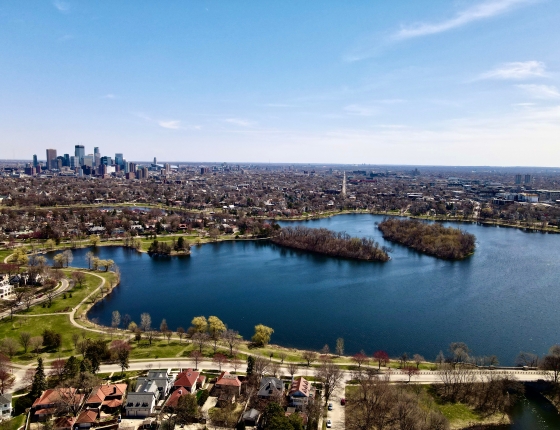This post complements our quarterly research newsletter, which features updates on CEE's research projects. Sign up to get this information in your inbox.
Heat pumps with thermal energy storage
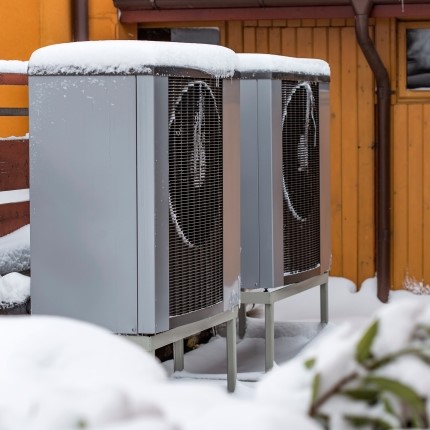 Background: Although heat pumps can perform efficiently and effectively for most space heating needs, available products lose performance in the coldest conditions. For this project, the team will evaluate at least two different commercially available thermal storage technologies that address many of the shortcomings of cold climate heat pumps for space heating in Minnesota. These technologies integrate heat pumps with thermal storage to enable resilient and efficient space heating.
Background: Although heat pumps can perform efficiently and effectively for most space heating needs, available products lose performance in the coldest conditions. For this project, the team will evaluate at least two different commercially available thermal storage technologies that address many of the shortcomings of cold climate heat pumps for space heating in Minnesota. These technologies integrate heat pumps with thermal storage to enable resilient and efficient space heating.
Update: This spring, two sites have been instrumented for continuous monitoring for the project over the next year and a half. These sites both have electric thermal storage systems paired with air source heat pumps (ASHPs) with some distinct differences including varying stages and the age of the systems, which will allow the project team to compare these factors alongside the effects of thermal storage. The team will gather data to evaluate how the systems operate and if any controls changes could be made to increase efficiency while still providing the load management control benefits to the local grid.
This project is supported by a grant from the Minnesota Department of Commerce, Division of Energy Resources through the Conservation Applied Research and Development (CARD) program, which is funded by Minnesota ratepayers.
Packaged terminal air conditioner replacement field study
Background: 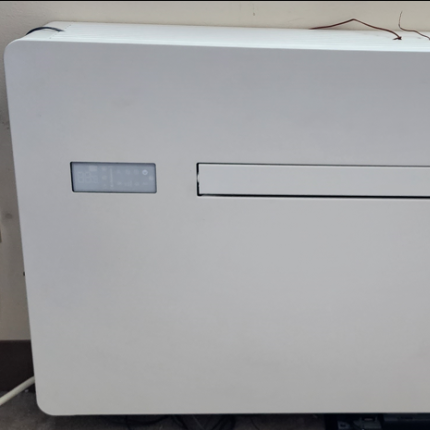 This project will determine the energy savings potential in Minnesota for cold climate heat pump systems that can replace or displace heating and cooling operations by packaged terminal air conditioning (PTAC) systems. Systems will be selected for a field study in all-electric buildings that contain PTACs and compared against the baseline heating and cooling equipment to determine overall energy savings and system performance. The team will provide ECO recommendations based on the results.
This project will determine the energy savings potential in Minnesota for cold climate heat pump systems that can replace or displace heating and cooling operations by packaged terminal air conditioning (PTAC) systems. Systems will be selected for a field study in all-electric buildings that contain PTACs and compared against the baseline heating and cooling equipment to determine overall energy savings and system performance. The team will provide ECO recommendations based on the results.
Update: The project team has successfully recruited three sites, two multifamily buildings and one hotel, for field-monitoring, comprising 13 units total. The team has installed baseline monitoring equipment. After collecting baseline data, the team will install a mix of new systems, PTHPs, and window heat pumps throughout 2025. Most data will be gathered during the 2025–2026 heating season.
This project is supported by a grant from the Minnesota Department of Commerce, Division of Energy Resources through the Conservation Applied Research and Development (CARD) program, which is funded by Minnesota ratepayers.
Continuous exterior insulation
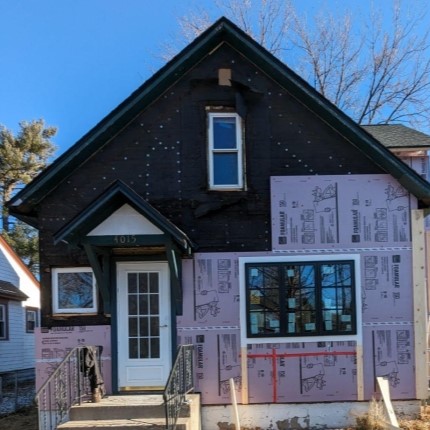 Background: This study evaluates the cost and energy savings of installing continuous exterior insulation (CEI) at the time of re-siding a home. CEI is insulation installed on the outside of a home, below the siding, to improve comfort, reduce energy consumption, and lower utility bills. The project team will evaluate the efficacy of CEI to lower heating and cooling loads, document projects to identify logistical and other barriers, and model the impact of CEI on decarbonization and electrification efforts.
Background: This study evaluates the cost and energy savings of installing continuous exterior insulation (CEI) at the time of re-siding a home. CEI is insulation installed on the outside of a home, below the siding, to improve comfort, reduce energy consumption, and lower utility bills. The project team will evaluate the efficacy of CEI to lower heating and cooling loads, document projects to identify logistical and other barriers, and model the impact of CEI on decarbonization and electrification efforts.
Update: The team is finalizing recruitment on the 2025 group of homes (cohort 1) and actively seeking participants for 2026 re-siding projects (cohort 2). Cohort 1 installations are slated for later this year and include two different types of CEI products. These installations will be followed by interim deliverables on lessons learned with the intent to streamline the process for the second cohort. Participants in the study may receive up to $17k toward their re-siding project.
Complete the survey to participate in the study
This project is supported by a grant from the Minnesota Department of Commerce, Division of Energy Resources through the Conservation Applied Research and Development (CARD) program, which is funded by Minnesota ratepayers.
Right-sizing water distribution pipes and water heating systems
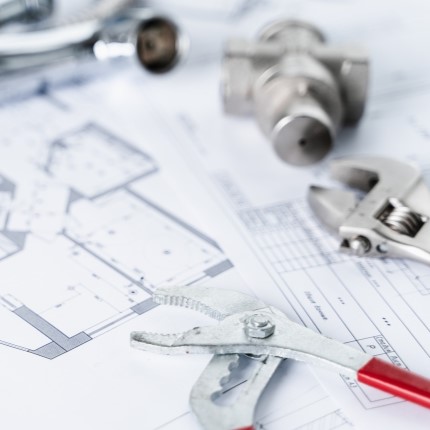
Background: Recent research indicates that plumbing distribution systems are oversized in most single-family and multifamily buildings. Right-sizing plumbing systems can significantly reduce piping material, costs, and energy waste. This project will examine previously collected data and gather additional data in Minnesota to verify these assumptions for our buildings and climate. These findings will be used to support code and efficiency program updates in the state.
Update: The project team has been monitoring and collecting total domestic water use and hot domestic water use at two multifamily buildings in Minneapolis. Data is being compiled to support better plumbing pipe sizing guidance and requirements in MN, which are based on the highest water flow rates expected in the buildings. Initial data shows lower peak flow rates than those assumed by current codes. The collected data also identified a water system performance issue at one of the buildings that was wasting around 2,000 gallons of water per day.
This project is supported by a grant from the Minnesota Department of Commerce, Division of Energy Resources through the Conservation Applied Research and Development (CARD) program, which is funded by Minnesota ratepayers.
MEDIA CONTACT
Tim Hanrahan, thanrahan@mncee.org
